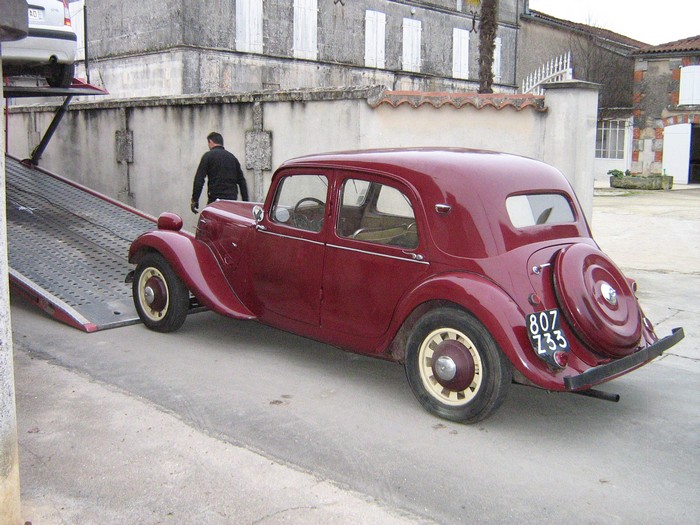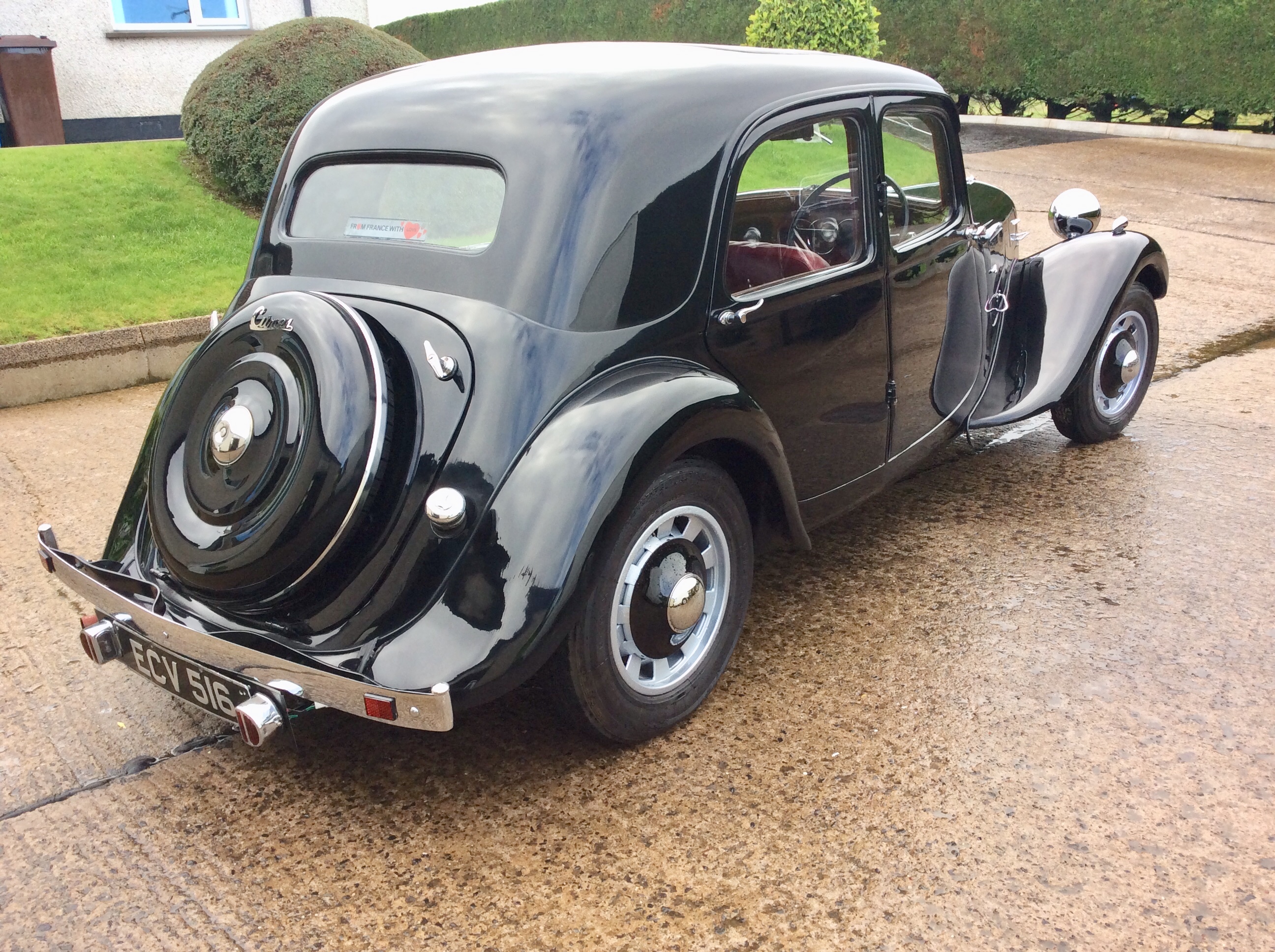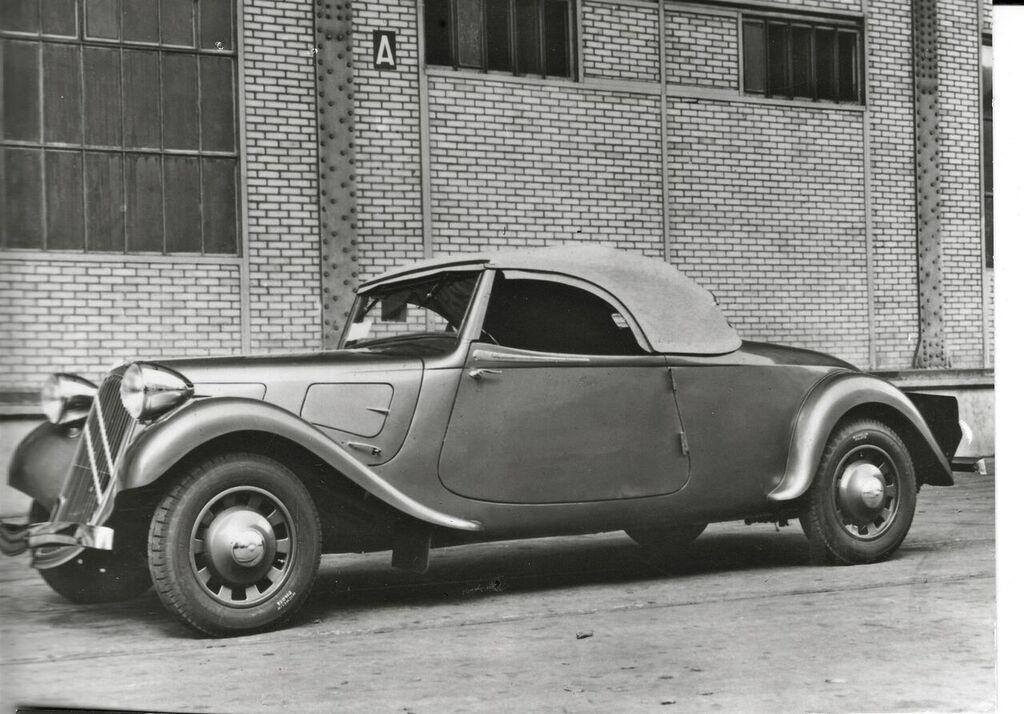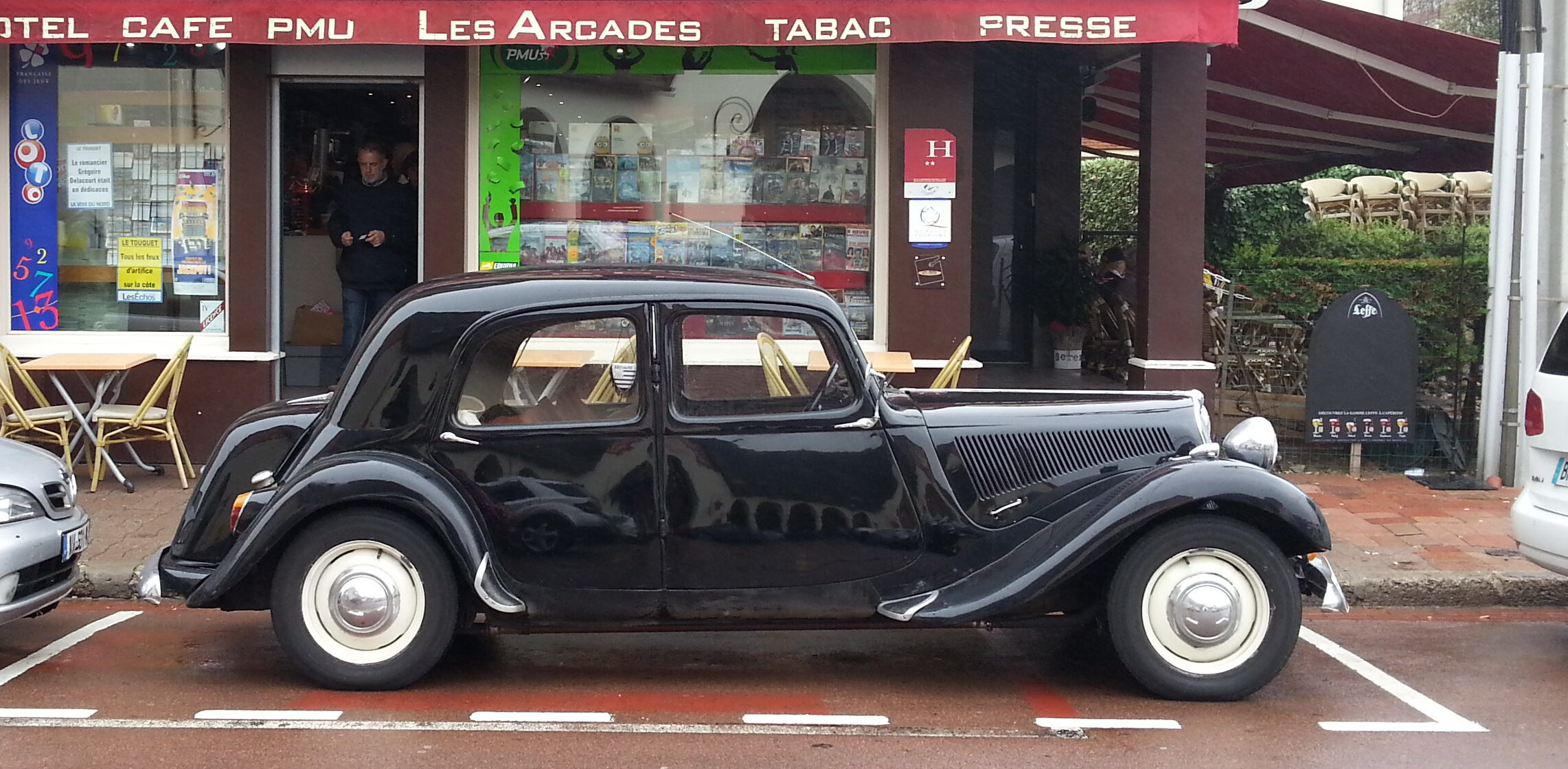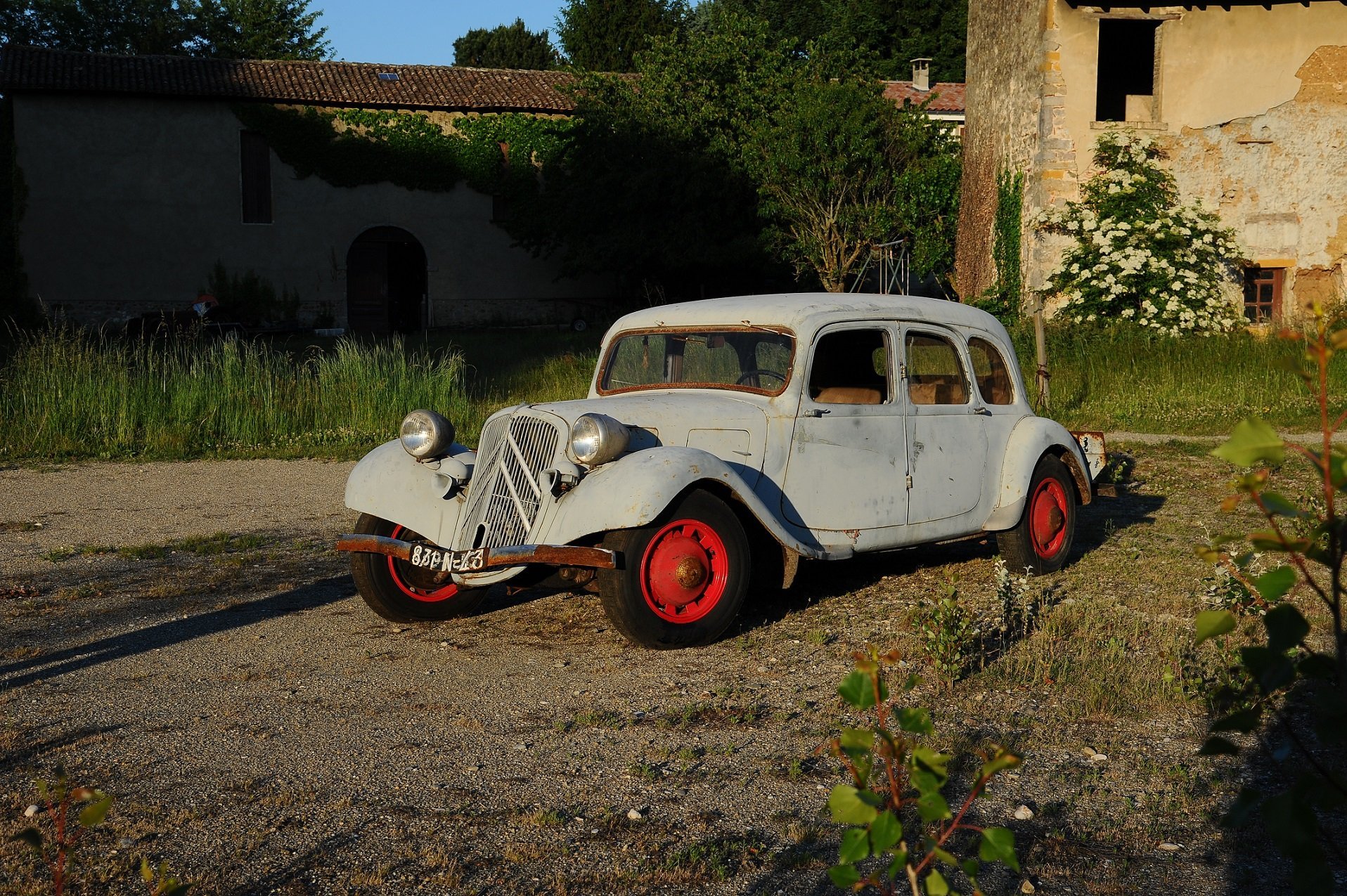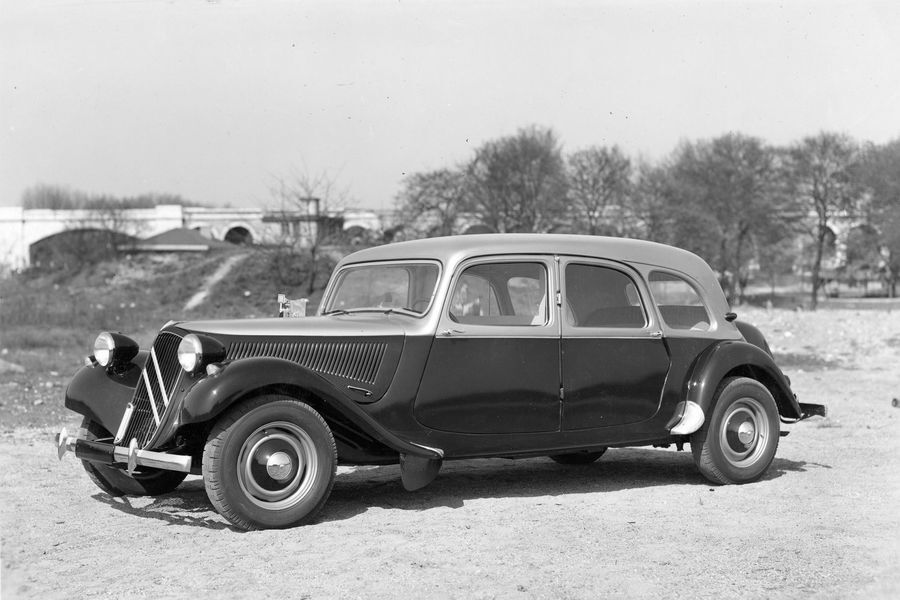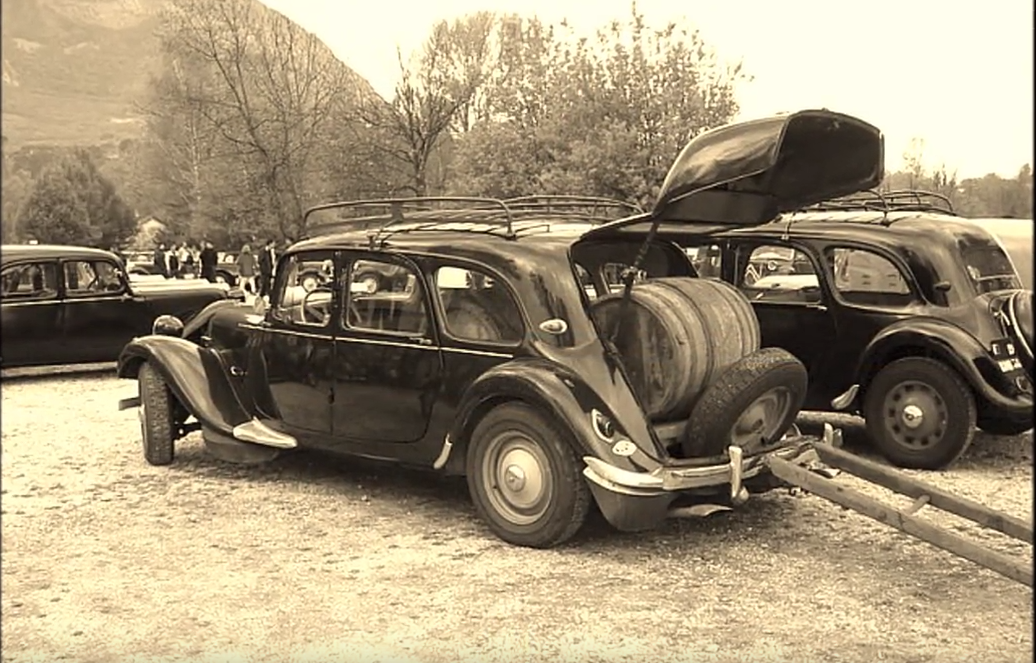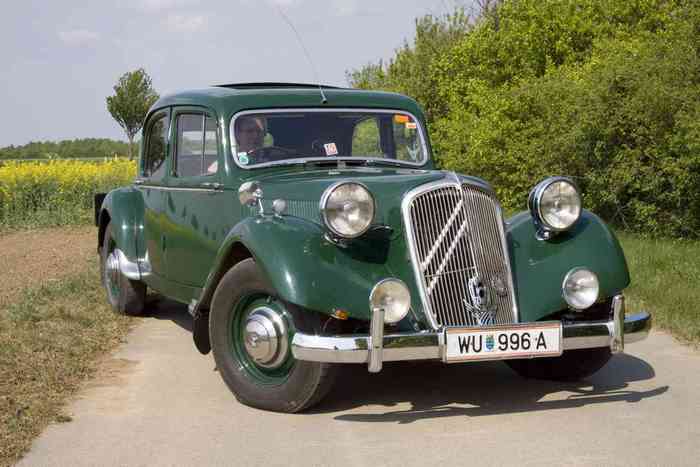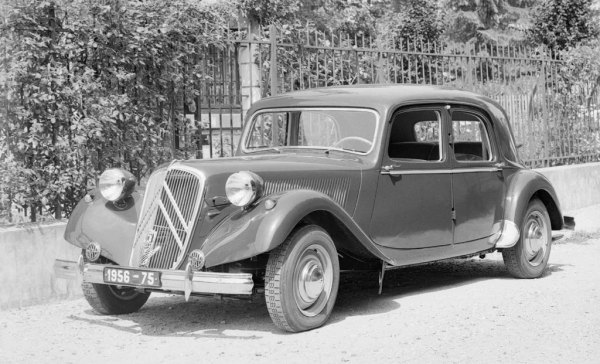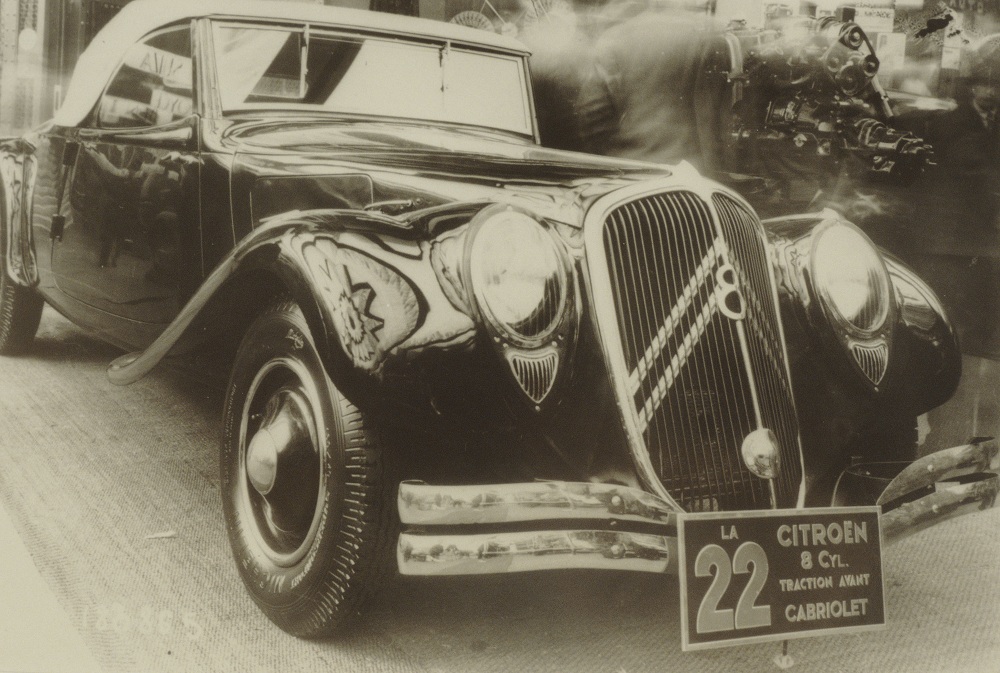The Traction Avant, French for front-wheel drive, was designed by André Lefèbvre and Flaminio Bertoni in late 1933 / early 1934. Arguably it is the most influential car ever built. Mixing technical innovation with modern dynamics, it effectively set the template for all modern family cars.
First produced in 1934, it has a number of features that although not entirely new in cars, this was the first time all had been combined in a mass-produced family vehicle. This includes an all-steel monocoque body shell. There is no separate chassis – never ask an owner where the running boards are – the car never needed them for rigidity. Front-wheel drive was the major selling point, with improved road holding and a completely flat floor inside. Independent torsion bar suspension gave an assured and comfortable ride. Hydraulic brakes whilst not up to today’s standards and still using brake drums were significantly better than the cable brakes still in use at the vehicle’s launch. Finally, “sleeved” pistons are combined with overhead valves for easier overall and better performance. In many respects, the design was not technologically superseded by other vehicles until the late 1950s (Ford was still using side-valved engines in the 1960s!).
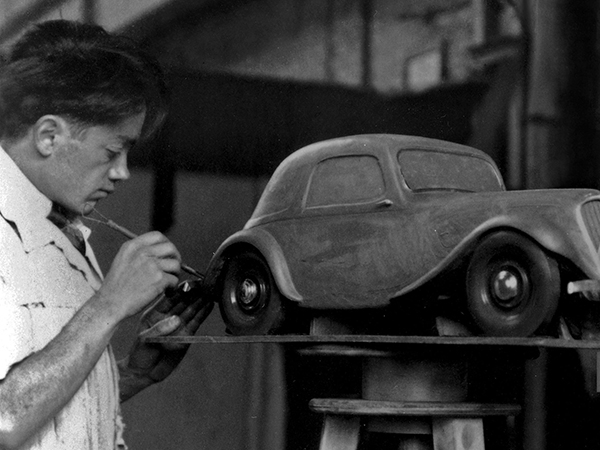
Flamino Bertoni at work
on the design
Manufactured initially in Paris, but also in Belgium, Cologne and even in Slough England, where manufacturing continued until 1957! Some of the Tractions seen on the road are as British as other ‘foreign’ marques currently produced in the UK. Potentially even more so, since to avoid import duty on parts and components, Citroen had to demonstrate that at least 50% of the car was sourced in the UK. Inevitably, vehicles produced in different locations incorporated components sourced locally e.g. door handles, lights etc as well as finishes aimed at the market in which they were intended to be sold. In British-produced cars, this is reflected in the use of wooden dashboards, leather upholstery etc whereas the French models had far more utilitarian finishes.
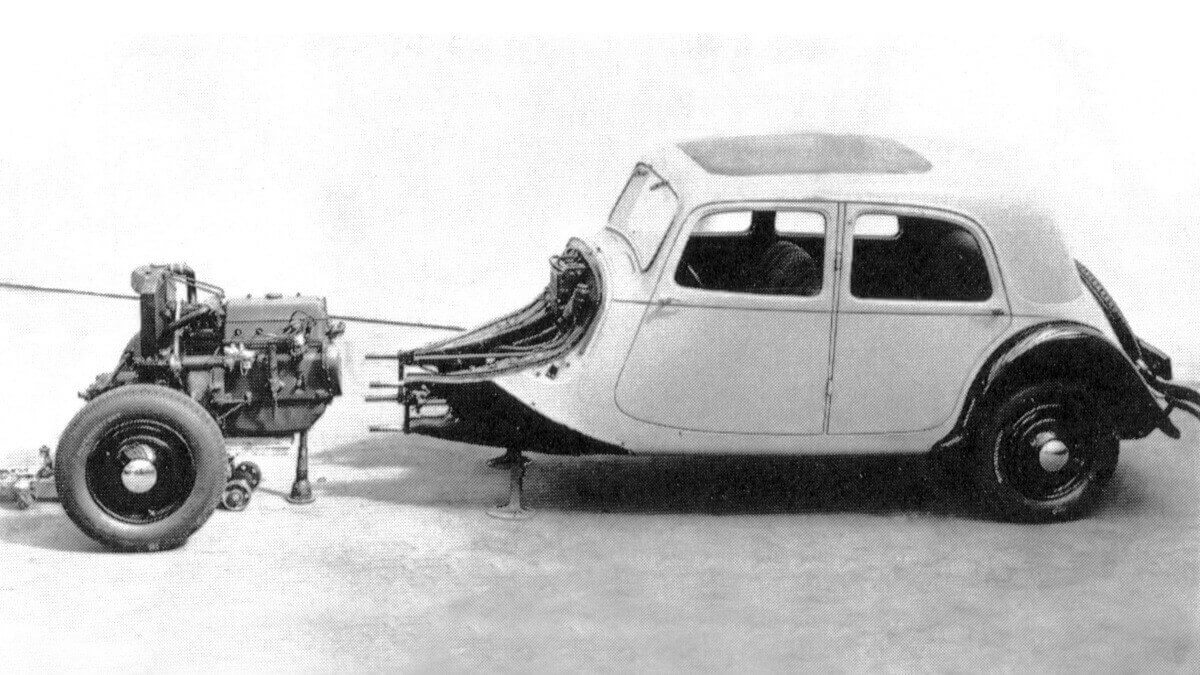
Monocoque Construction
Models and Variants
French nomenclature: 7CV A-C
British nomenclature: Light 12
These are the original small boot and smaller-engined saloons. The boot was initially only accessible from the interior of the car. The engine size was originally 1303cc but this increased in size over the years up to 1628cc. Both Roadsters (Cabriolets) and Fixed Head Coupes (Faux Cabriolets) were produced at this time.
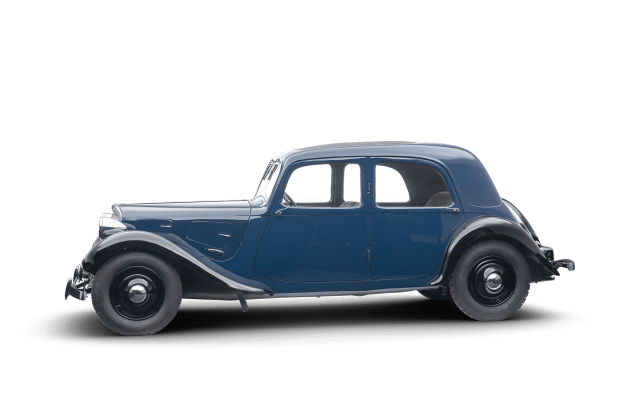
French nomenclature: 11CV Legere & Normale
British nomenclature: Light & Big 15
The 1911cc was introduced in 1934 and by 1941 the original smaller engine had been dropped. This larger engine enabled a larger ‘Normale’ version of the car to be produced. This is noticeably wider and longer than the ‘Legere’ or ‘Light’ car.
French nomenclature: Cabriolet & Faux Cabriolet
British nomenclature: Roadster
In the early years of production, two-door models were made. Very few of these were made, and even fewer now survive. Originals fetch eye-watering sums of money, but they are works of art.
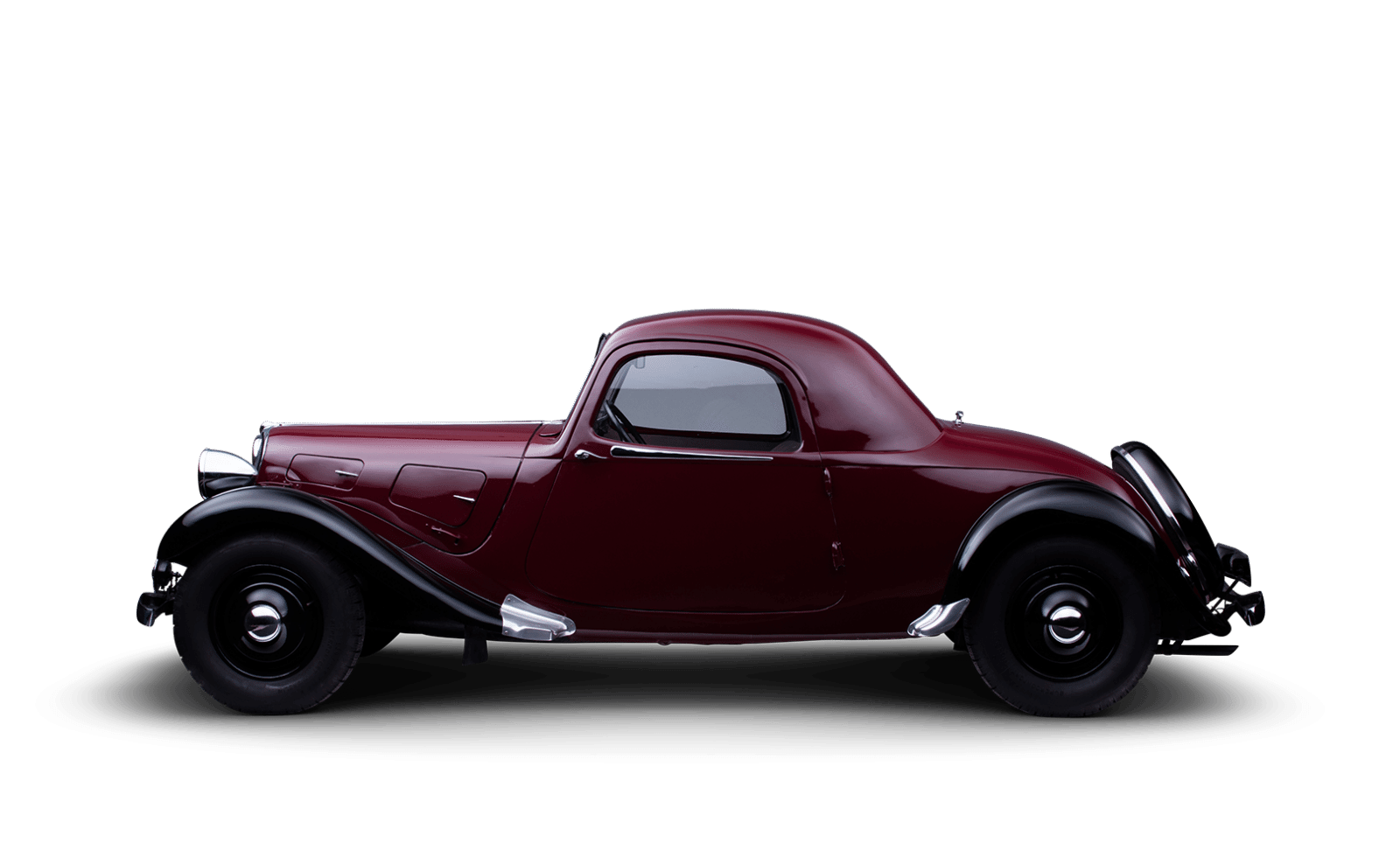
French nomenclature: 11CV Legere & Normale
British nomenclature: Light & Big 15
In 1952 in an attempt to update the styling Citroën enlarged the boot of the car and placed the spare wheel inside. It’s debatable if this improved the ergonomics or increased the luggage space. The bumper also became straight rather than curved which would have reduced production costs.
Only produced in France the Limousine was a 5-6 seater saloon. Effectively the same as the Familiale but without the extra row of seats.
With 7-9 seats in three rows of seats the Familiale can claim to be the world’s first people carrier. This model was also extensively used as a taxi in France.
Production of this body style resumed much later after the war.
The last of the extended body variants, the Commerciale was designed with an opening rear tailgate.
Although technically not a van it was heavily advertised for commercial use but still able to transport the family at Le Weekend.
French nomenclature: 15/6 et 15CV Familiale
British nomenclature: Big 6
In 1939 a six-cylinder 2867cc engine was produced for the 15/6 (or Big 6). Although similar to the Normale the car had a number of visual and structural changes to accommodate the larger power unit.
In particular, the grille treatment was more raked and produced a more luxurious and sporty look.
Production continued until 1956 because of the introduction of the final variant.
The Citroën DS is the first car most people associate with the ‘hydraulic era’ of Citroën. However, its suspension system was first debuted in 1954 on the Traction (at least on the rear).
It featured a higher compression ratio to help power the suspension. It also had longer portion bars at the front which protruded from the grille.
These are particularly rare models. The video shows the suspension in action.
At the 1934 Paris Salon the V8 22CV was shown. Although planned for production, it never happened.
These are now the cars of legend. One is known to have survived until the 1950s at Citroën, but it was then destroyed.
Recently there has been renewed interest in finding any survivors, but each trail has drawn a blank.

